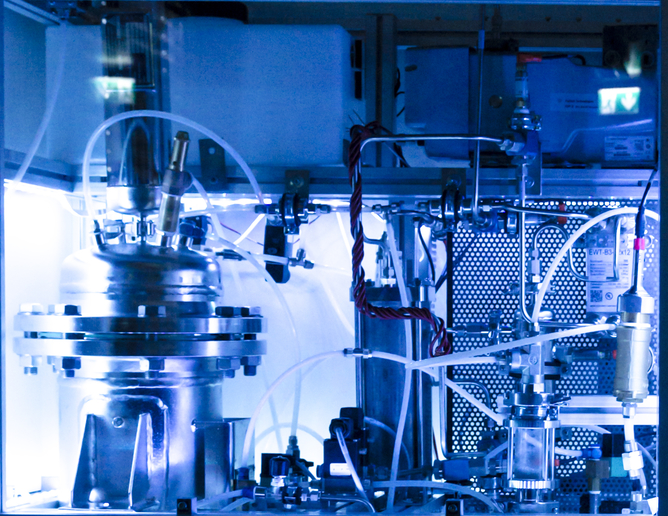Made-to-last fuel cells
Combined heat and power (CHP) generation refers to a highly efficient technology that generates electricity and at the same time captures the useful heat produced by the process. CHP plants can achieve efficiencies in excess of 80 % compared to the 40–50 % efficiency of conventional combined cycle gas turbine (CCGT) plants or coal-fired ones. In addition, the CHP process is compatible with both renewable and fossil fuels. Small-scale or micro-CHP generation for homes and buildings is seen as an important market for FCs. Low-temperature proton exchange membrane FCs (LT PEMFCs) are particularly promising, but their continuous operating lifetimes must be increased significantly to reach 40 000 hours. Scientists initiated the EU-funded project Keepemalive to enhance knowledge of degradation and failure mechanisms in order to enable required lifetimes at reasonable cost while maintaining performance. Testing of degradation over the lifetime of a product when it is expected to be on the order of four to five years for non-stop operation requires the use of accelerated stress tests (ASTs). As such, an important part of Keepemalive work is the development of improved AST protocols. These were defined to enable identification and quantification of main factors and interrelationships resulting in degradation, as well as to characterise actual changes in PEMFC materials' properties and related loss of performance. Electrocatalysts were characterised using various tests, among them accelerated catalyst degradation (loss of electrochemical surface area (ECSA)) by voltage cycling under conditions resembling start-up, load-change and shut-down. Scientists are currently developing a mathematical model of experimental ex-situ degradation tests. Catalyst materials have been chosen for the membrane-electrode assemblies (MEAs). Incorporation of certain additives into membranes decreased chemical degradation induced by iron (Fe)/hydrogen peroxide (H2O2), producing a highly durable MEA capable of competing with international leading producers. A longer service lifetime for micro-CHP systems will mean more power delivered from the initial investment, encouraging consumers to implement micro-CHP systems. Increased use of LT PEMFC technology will reduce emissions from stationary power production and make it more feasible to employ less reliable forms of renewable energy, such as intermittent wind, in tandem.







